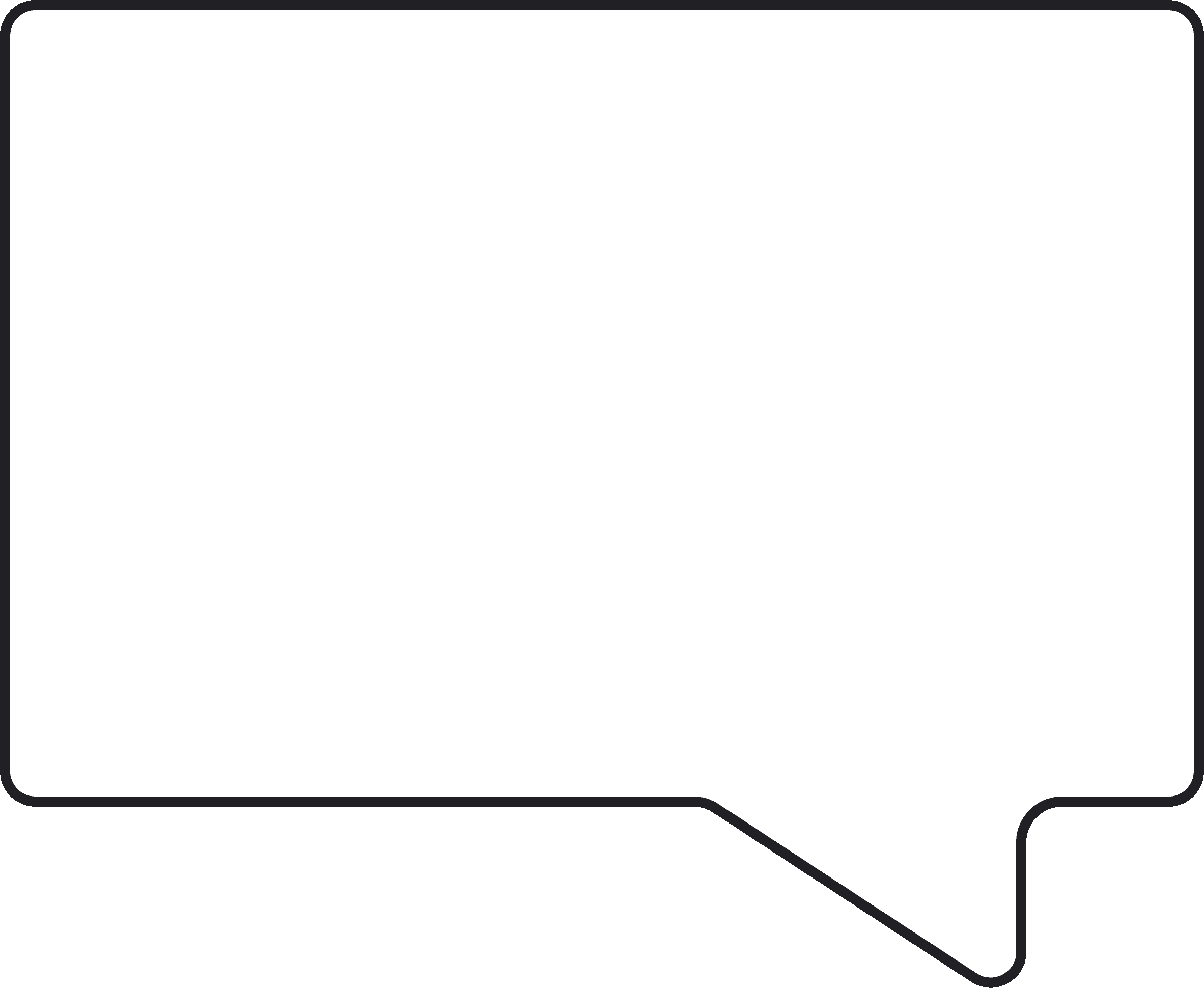by
Caroline Zook
Whether it's 100,000+ newsletter subscribers or tens of thousands of podcast downloads, and it may feel like growing your brand to that size is not only impossible but also… not something you even WANT to do.
Our main audience (our email list) continues to sit calmly at a small but mighty 11,000 subscribers, yet our business has continued to make over $400,000 for the past 3 years.
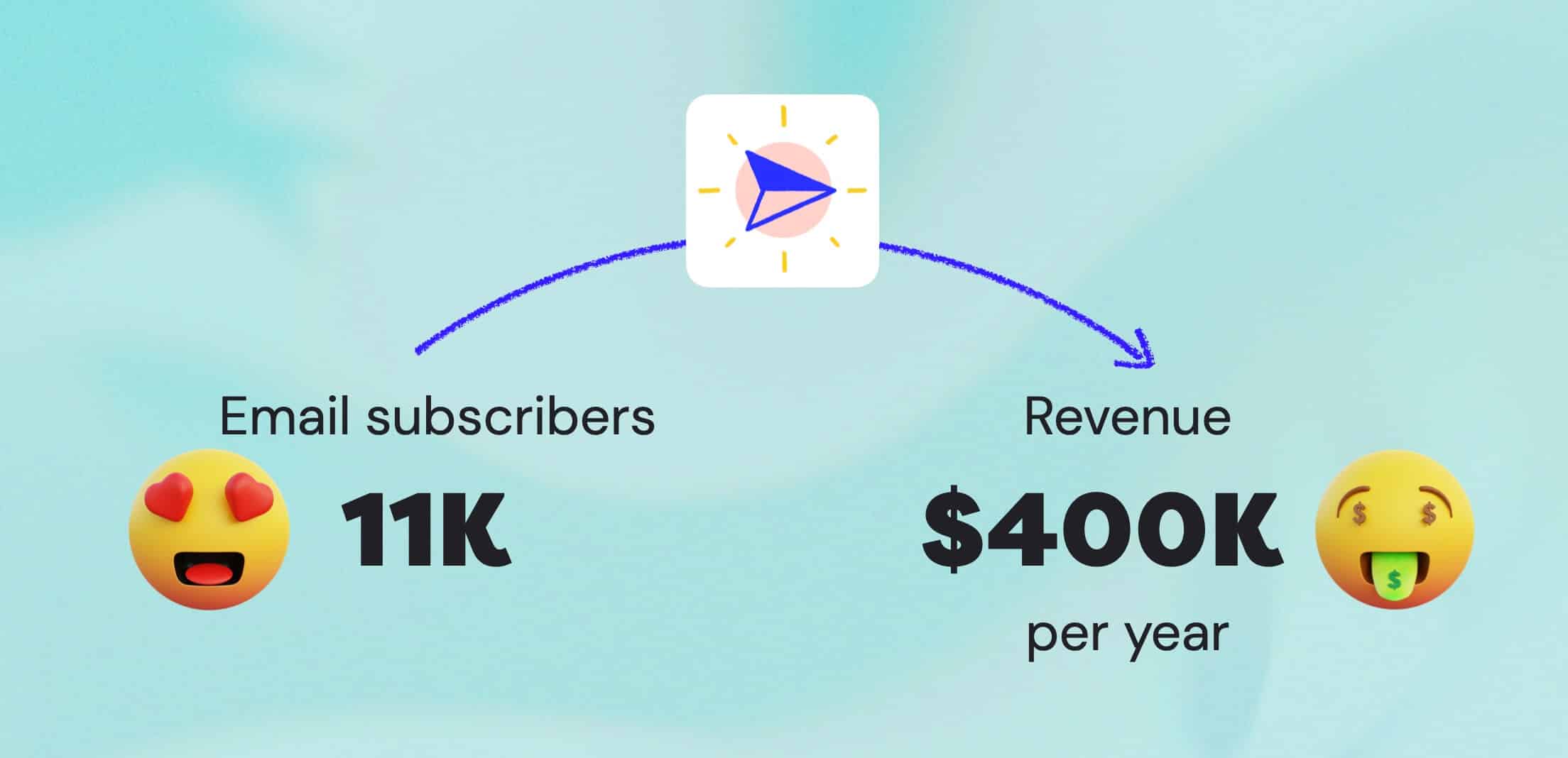
We wholeheartedly believe it's not the size of your audience that matters, it’s the quality of your connection to your audience and the economics of your offer that will determine how financially successful your business is.
You don't need a huge audience, all you actually need is a small but mighty audience that’s intentionally designed to match your skills and your business goals.

How To Use Our A.L.I.G.N.E.D. Approach To Building An Audience That Will Buy From You
We have 7 questions that will help you evaluate your audience and whether they have that small but mighty quality that can fuel a profitable and calm business.
First up, you should be able to clearly define your audience for your business.
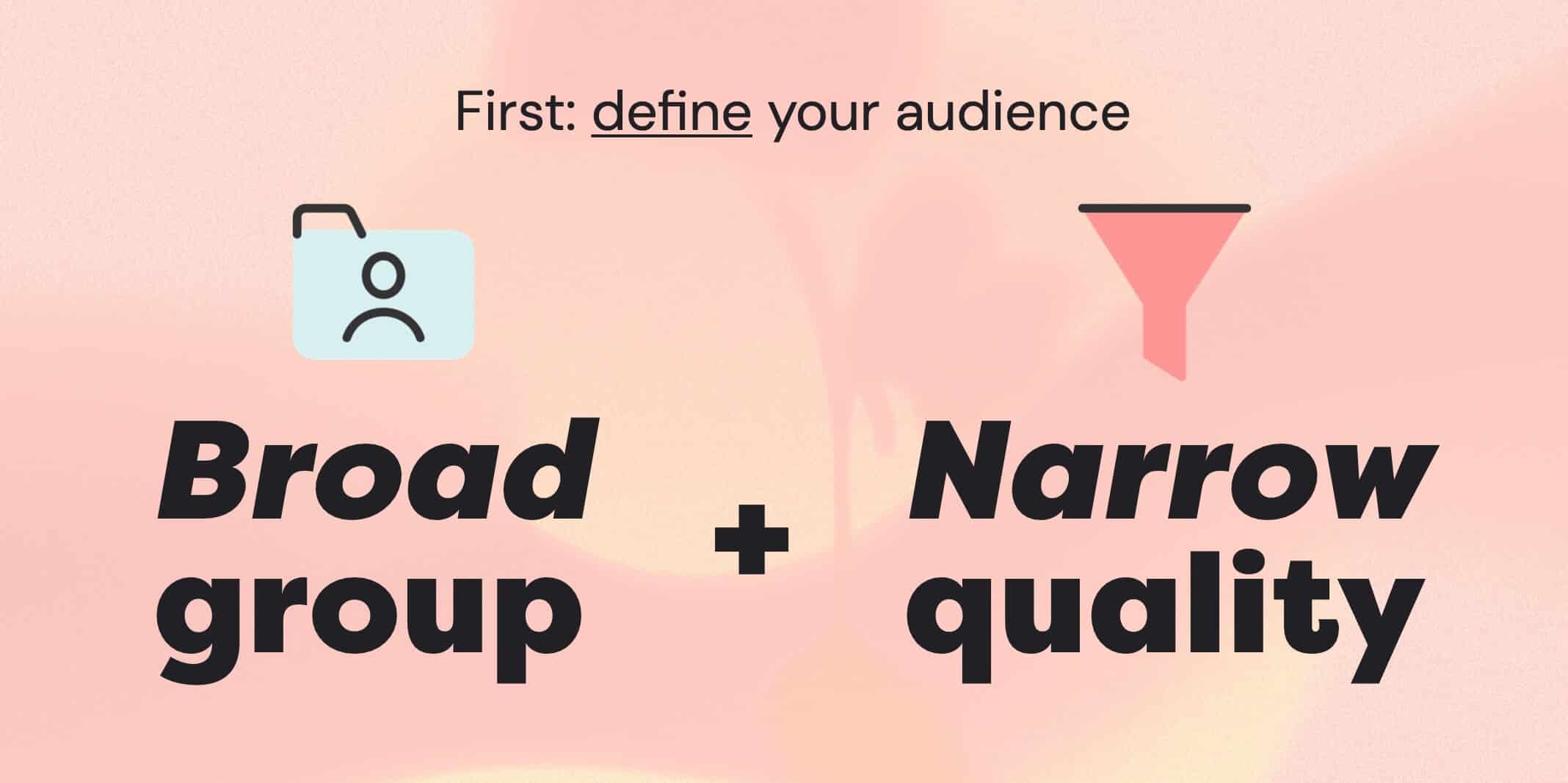
WHO is going to buy what you sell? Our simple formula for doing this is: “broad group PLUS narrow quality”
You want to start by defining a broad group like “business owners” or “art lovers” or “web designers” or “CEOs” or “scuba instructors”
Then, you want to add to that broad group a quality or adjective that describes a more narrow segment of that broad group. So that could be INTENTIONAL business owners, POP CULTURE art lovers, MINIMALIST web designers, BURNT OUT CEOs, etc
Now that you have some words to define your audience, let’s go over the 7 quick questions to double-check if this audience is perfectly aligned to become your small but mighty crowd of customers.

Our 7 questions to help you build an A.L.I.G.N.E.D. and powerful audience
A is for Alleviate - Can your unique skills alleviate the pain points of this group?
If the skills you have don’t match the needs of your audience, it’s going to be hard to deliver value. Let’s use “minimalist web designers” for our audience example in this ALIGNED audience exercise.
Audience Need: Designers can have a hard time keeping up with the latest design tools like Figma because they don't want to change their existing workflows. Designers don’t like the pressure of keeping up with the latest program updates. Your Skill: You really enjoy being on the cutting edge of design programs and your teaching approach really speaks to simplicity and efficiency.
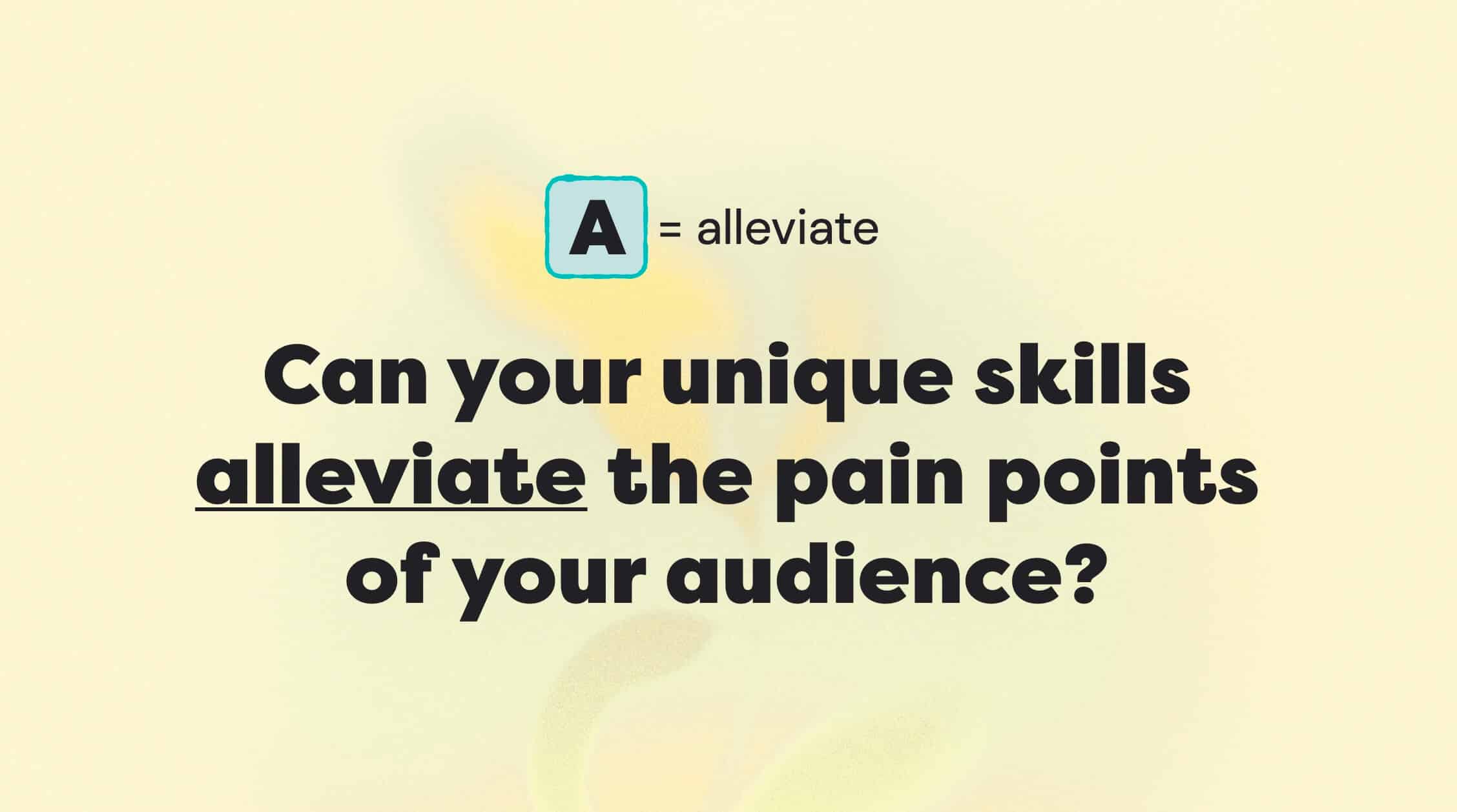
L is for Like - Is this a group of people you like helping and interacting with?
What is the point of creating a business that serves a market of people you actually don’t want to help That’s never going to help you create a calm business.
For instance, maybe burnt-out CEOs are actually NOT that fun to be around and hard to get a hold of… let’s not make that your target audience!
Your Audience Interaction: If you love spending time on Dribbble, learning new things in Figma, and chatting with other designers about new trends, then minimalist web designers are the audience you want to serve.
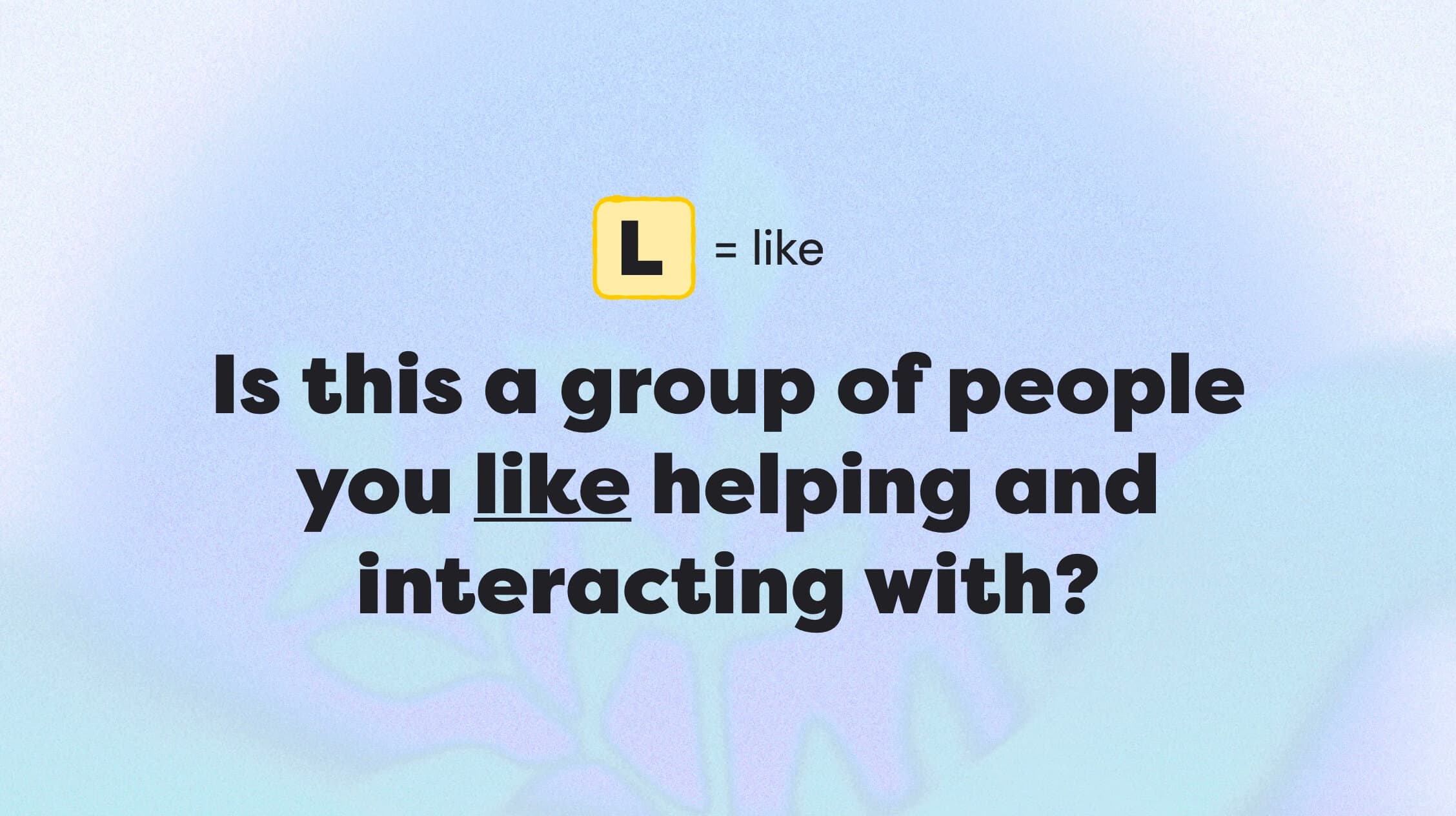
I is for Imagine - Can you easily imagine an individual in this group and connect to their perspective?
The easier it is for you to imagine your customer, the easier it will be to speak to them directly.
We tend to think of this person as a younger version of ourselves, trying to help them avoid the same mistakes we made honing our design aesthetic and growing our business. It’s easy for us to step into the shoes of this person because we WERE them!
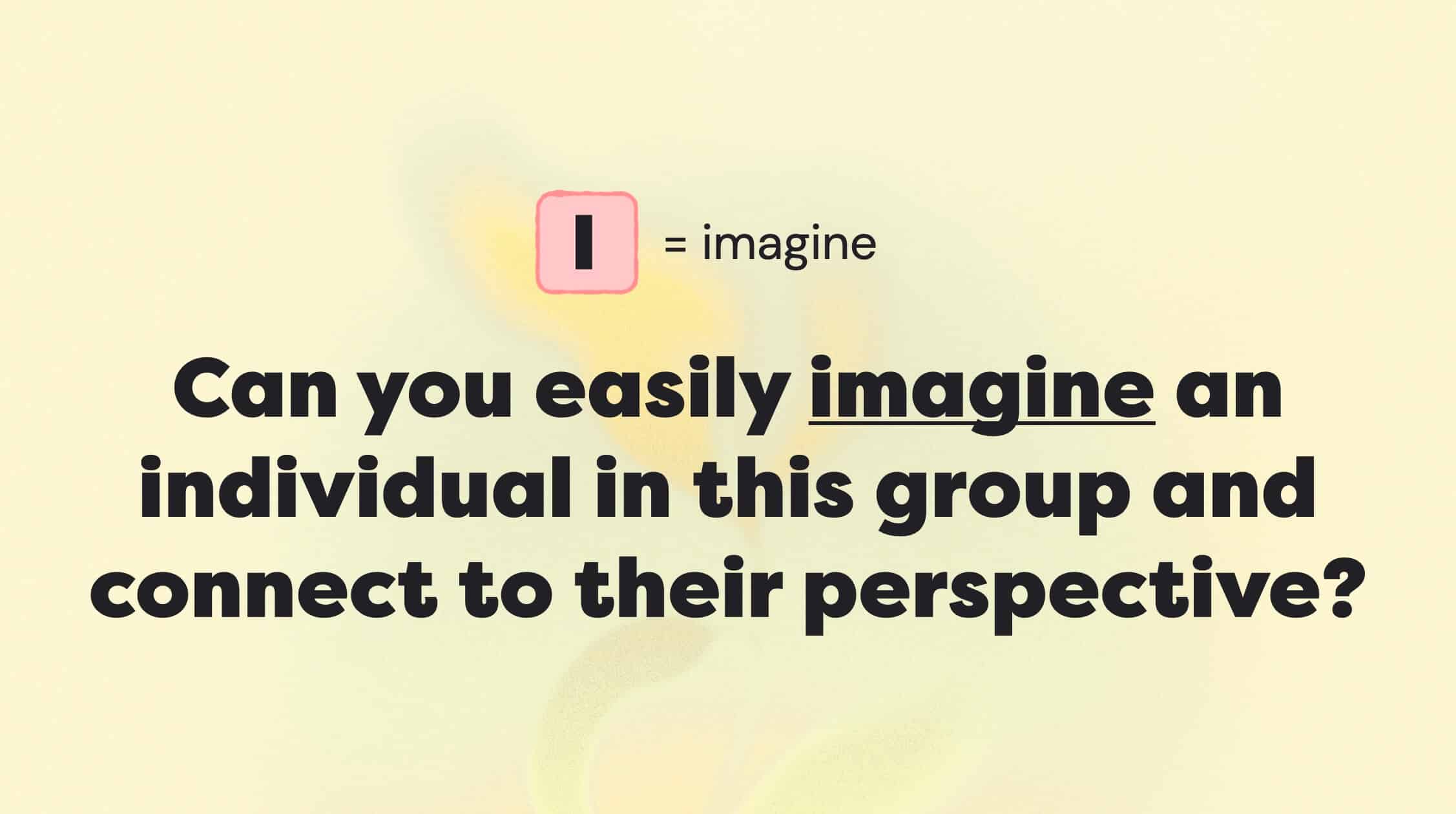
G is for Growing - Is this audience of people growing or shrinking in the macro sense?
Starting a radio repair business in 2023 may not be the best move; you want to make sure your audience market has long-term potential for your business.
Over the last 5 years, the number of web designers has increased by 5% YoY. Great news! For you reading this article, can you find any macro statistics or data to reinforce that your audience is growing and not declining?
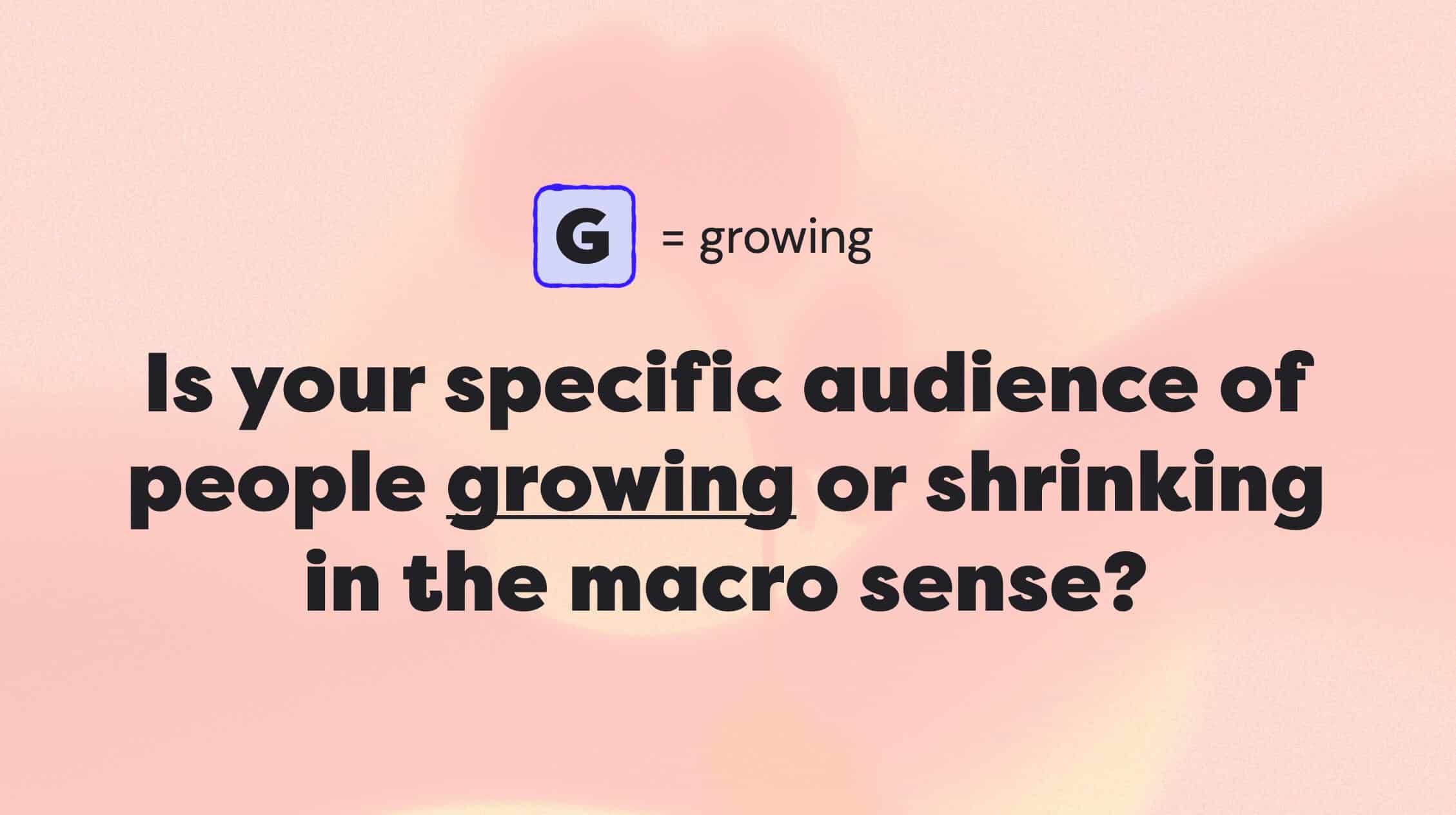
N is for Niche - Is your audience niche enough that you can speak to their exact pain points and hurdles?
Do you HAVE to target a niche in order to be successful in business? No. Does it absolutely help? YES, because you can speak directly to the problems and concerns of ONE distinct segment instead of speaking in vagueries to try to be everything to everyone.
Let's go back to the broad group exercise at the start of this article and show you how we niched down our audience...
When we started WAIM, our audience was described as, "intentional business owners." This is still pretty broad and we had a hard to time standing out to people looking for business coaching.
We niched down and started focusing on "client-based business owners who want to transition to scalable online courses."
Can you see the big difference between the two audience groups? One is VERY broad while one is much more targeted and speaks directly to a solution they're looking for!
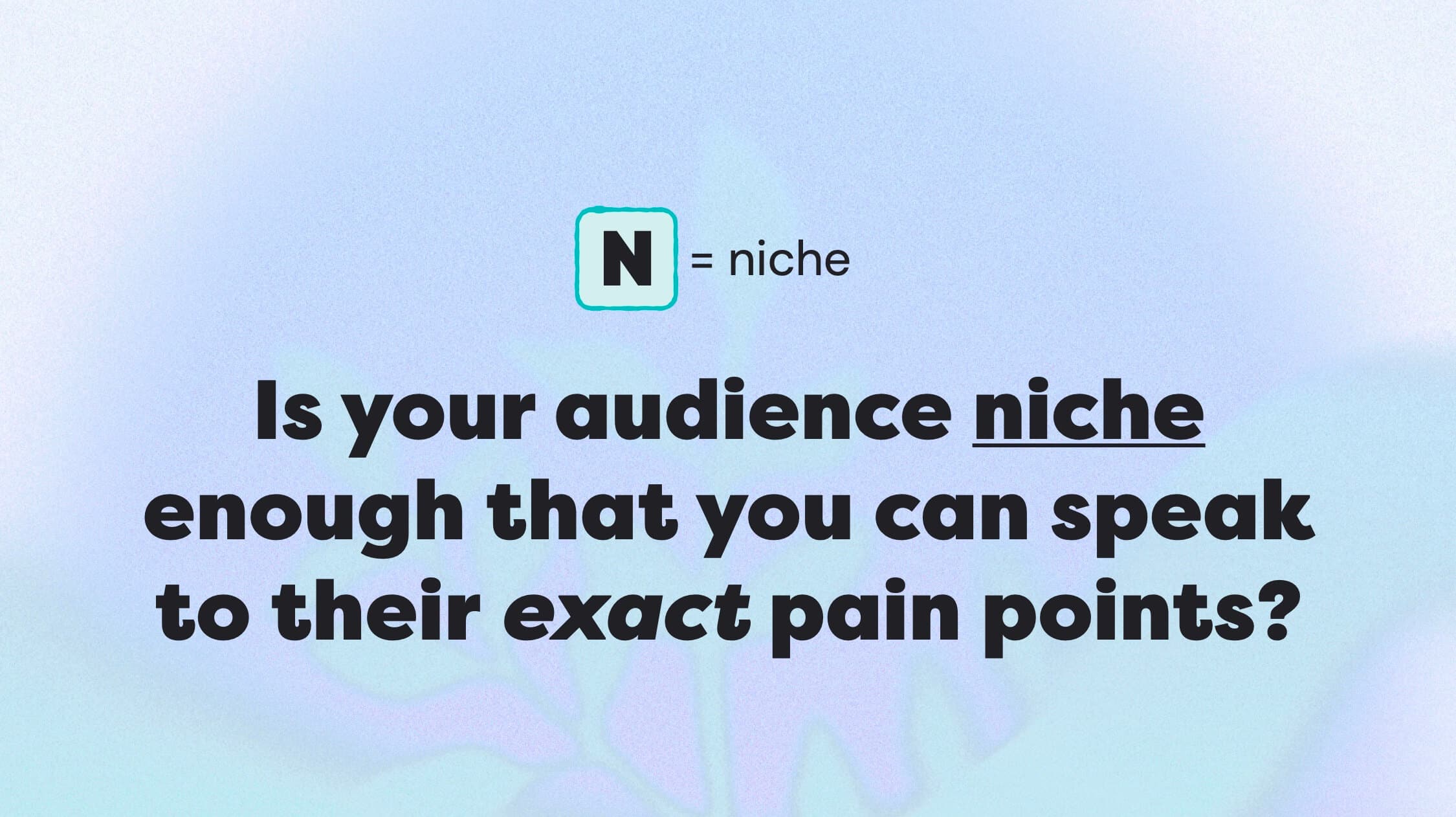
E is for Enough - Does this audience have enough money to buy what you want to sell?
Money of course isn’t everything, but if financial security is your goal with your business, you want to be very strategic about serving a group that can actually afford what you’re trying to sell.
If the price range of web design courses you want to sell are from $200 to $1,000 which is roughly equal to or less than one web design project, that feels like a price point this audience would entertain.
For you, when you look at the price of your offer, does it match what your audience is already paying for similar offers?
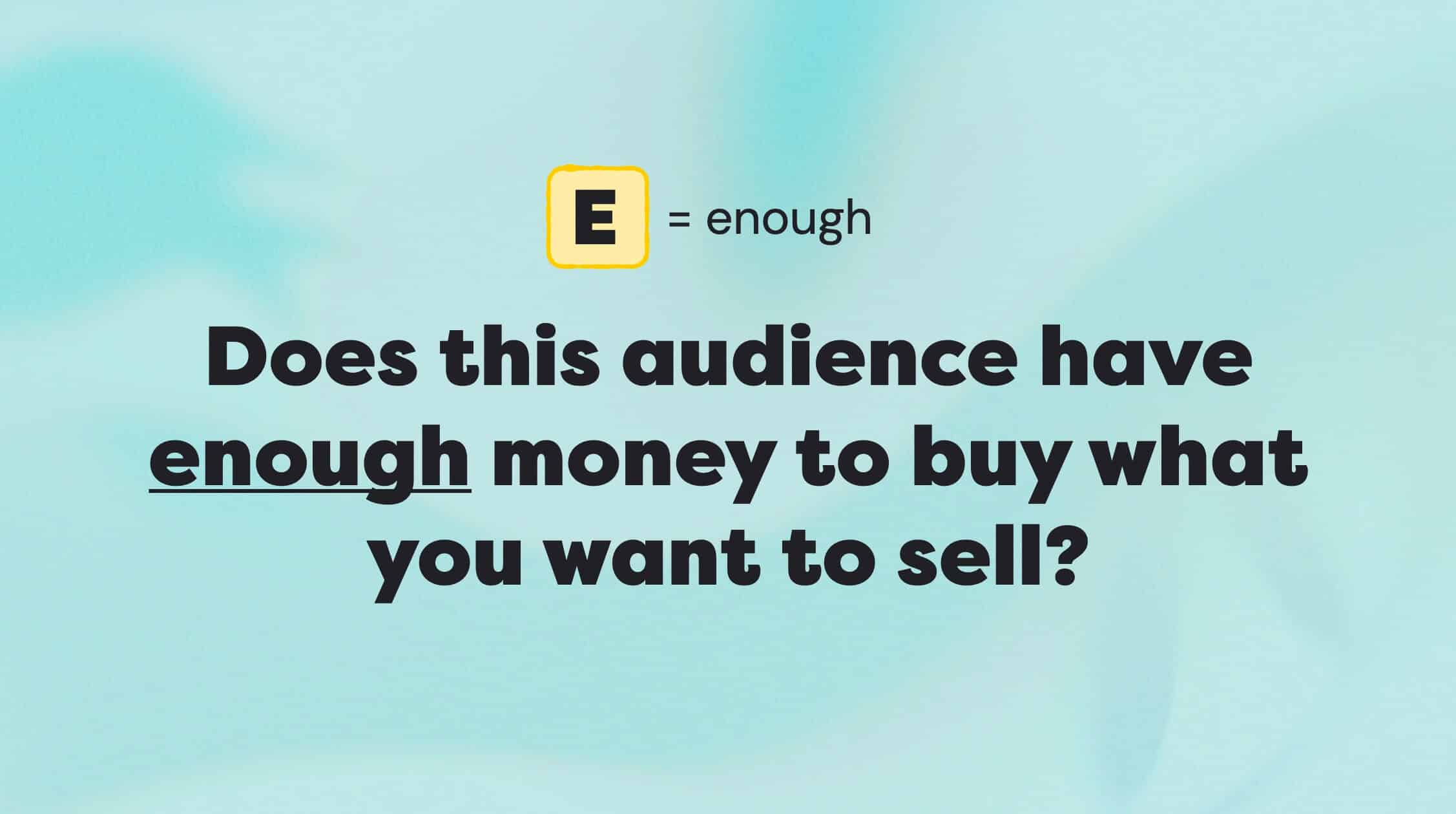
D is for Discover - Where does this group go to discover businesses like yours?
Inevitably you’re going to need to market to this audience and attract them to your email list, podcast, etc. Knowing how and where you can connect with them is a good thing to consider upfront.
Keeping with our web designer example: If we were to teach a course on Figma or other design tools, to find that content, this audience might go to YouTube to search for free content, or a course platform like Skillshare. We also know designers hang out on sites like Dribbble, Twitter, and Reddit. This would give us 5 different marketing channels to spend time with!


That’s it! Did your audience pass the A.L.I.G.N.E.D. test?
If your audience passed the ALIGNED test, you know this small but mighty segment can fuel your calm business for years to come! Remember, you don’t need 100,000 subscribers to grow a profitable business.
You just need to attract the right people who are willing to pay for the value you provide, and the best way to do that is to custom-tailor and ALIGN your business to that audience and their needs.
If your audience didn't pass the ALIGNED test, go back through the 7 questions and spend time answering them and tweaking your outreach, marketing, copywriting, and content efforts:
Alleviate: Can your skills ease their pain points?
Like: Do you enjoy assisting and interacting with this group?
Imagine: Can you connect with an individual's perspective?
Growing: Is this audience expanding or shrinking?
Niche: Can you address their specific pain points?
Enough: Can they afford what you offer?
Discover: Where do they find businesses like yours?
Join 12,000+ intentional business owners and get our Growing Steady newsletter every Monday where we share transparently about the latest projects we’re working on. You'll also get our Calm Creator Canva Whiteboard as a free download!




